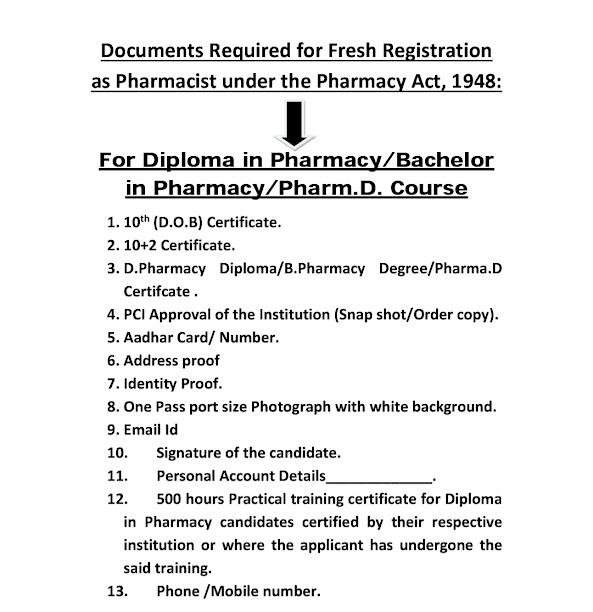LIMIT TEST FOR SULPHATES
AIM: To perform limit test for sulphates in the given sample.
APPARATUS REQIURED: Nessler’s cylinder, beaker,
pipette, measuring cylinder,
glass rods.
CHEMICALS REQUIRED: BaCl2 solution, BaSO4 reagent, dil. HCl, standard solution of potassium sulphate, distilled water, test sample,
PRINCIPLE: This test is designed for the control of sulphate impurity in inorganic substances. It depends upon the precipitation of the sulphate with barium chloride in the presence of HCl and traces of barium sulphate. The turbidity obtained is compared with standard solution, which contains the known amount of sulphate ions under the same experimental conditions.
SO42- + BaCl2 -------- Dil.HCl-------BaSO4 + 2Cl-
 PROCEDURE:
PROCEDURE:
Preparation of BaSO4 reagent: This reagent must be freely prepared by mixing 10 ml of 25 % solution of BaCl2 and 15 ml of ethanolic sulphate standard solution, which contains 0.10891% K2SO4 in 3% ethanol. K2SO4 has been added to increase the sensitivity of the test. Very small amount of barium sulphate present in the reagent acts as seeding agent for precipitation of barium sulphate. Alcohol helps in preventing super saturation of barium sulphate.
Preparation of test solution: Dissolve a specified quantity of substance in water or prepare solution as directed by I.P and transfer to Nessler’s cylinder. To this add 2 ml of dilute HCl and make the volume to 45 ml with water. And add 5 ml of BaSO4 reagent. Stir and keep it aside for 5 min.
Preparation of standard solution: Take 1ml of 0.1089% w/v of K2SO4 in Nessler’s cylinder and add 2 ml of HCl and transfer to Nessler’s cylinder and make the volume to 45 ml with H2O. To this add 5 ml of BaSO4 reagent. Stir and keep aside for 5 min. Finally compare the turbidity of two solutions.
SUMMARY:
|
STANDARD SOLUTION |
Observation |
Inference |
|
Take 1ml of 0.1089 % w/v solution of potassium sulphate in Nessler’s cylinder + 2ml of dilute hydrochloric acid + Dilute to 45 ml
in Nessler’s cylinder + 5ml of barium sulphate reagent. Keep aside
for 5 min. |
The opalescence produced in sample solution is greater
than / less than that of standard
solution. |
The sample passes/ doesn’t pass the limit test
for sulphates. |
|
TEST SOLUTION
Take specific weight(1gm) of sample + Add 2ml of dilute
hydrochloric acid +Dilute
to 45 ml in Nessler’s cylinder + 5ml of barium sulphate reagent. Keep aside for 5 min. |
The opalescence produced in the test solution is compared with that produced in standard solution.
OBSERVATION:
REPORT: The given sample the limit test for sulphates.
VIVA QUESTIONS:
1. Write the principle
involved in limit test for
sulphates.
2.
What forms precipitate in limit test for sulphates?
3.
How barium sulphate
reagent is prepared?
4.
The standard solution
is prepared with .
5.
What is the importance of dilute hydrochloric acid in limit
test for sulphates?
6.
What is seeding
agent?
7.
What is the importance of ethanol in limit test for sulphates?
8.
Write reaction involved in limit test for sulphate.




No comments:
Post a Comment